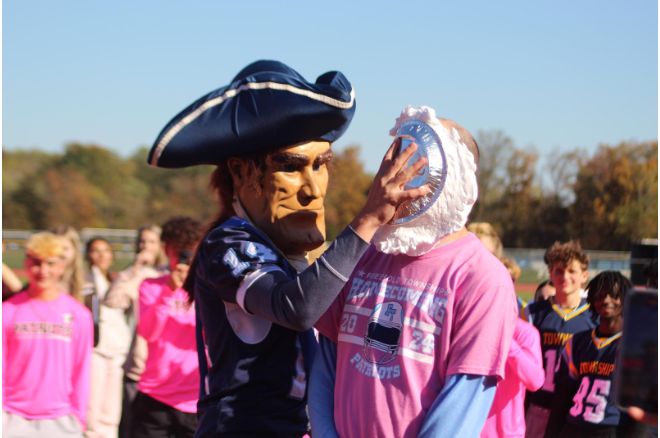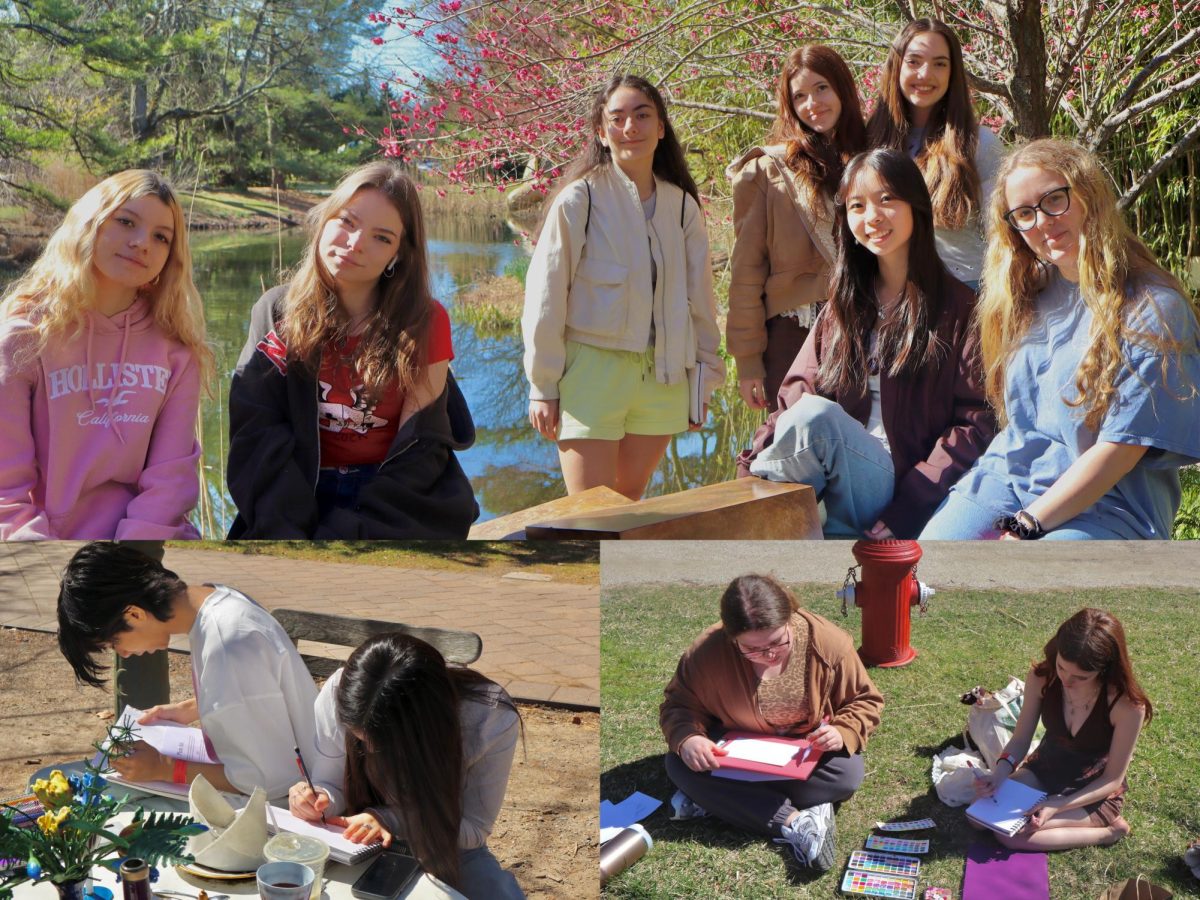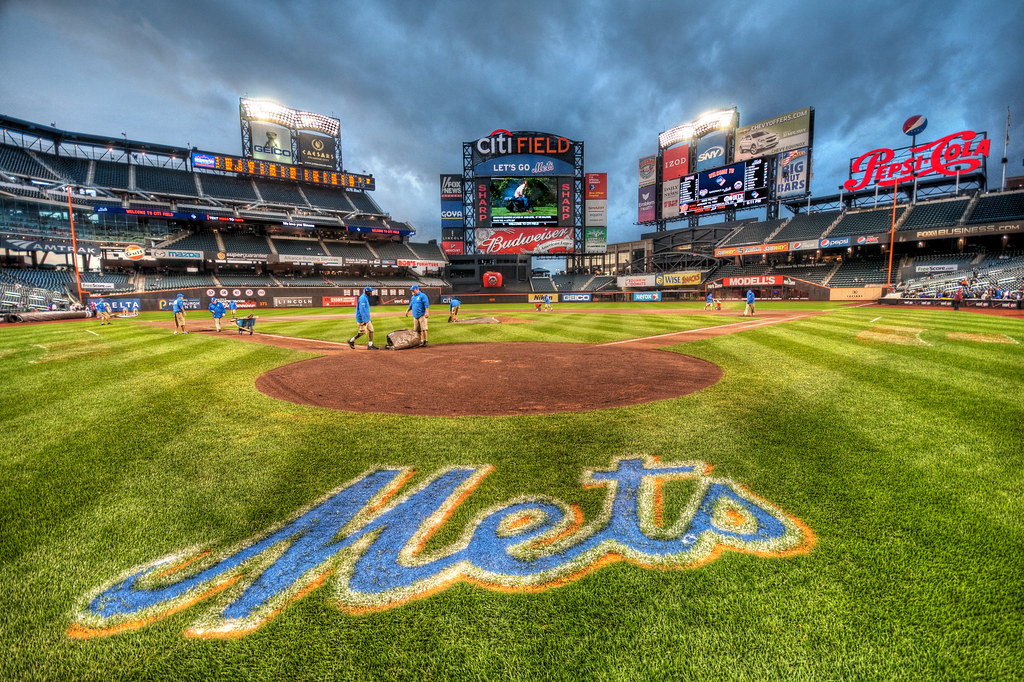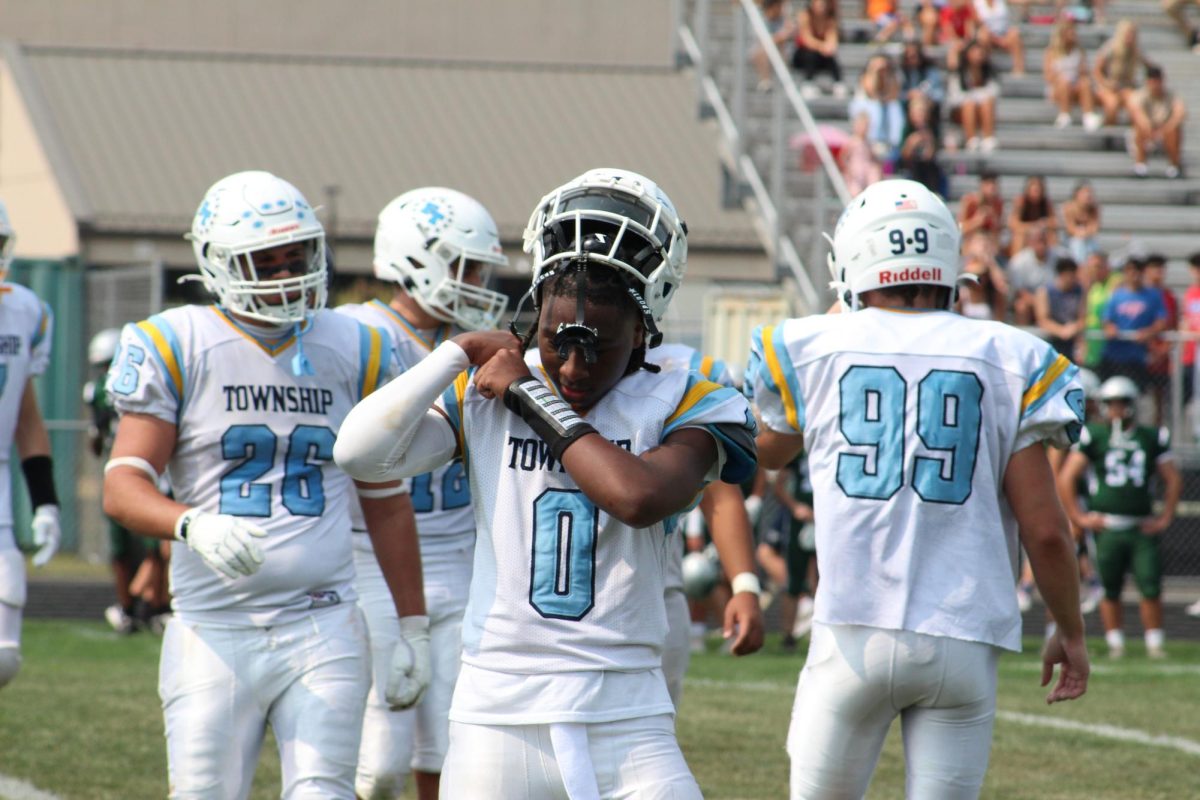Mysteries, Oddities, and Everything Strange: Thunderbird
December 10, 2021
Thunderbird: Winged Creature of Native American Legend
Native American culture is rich and interesting, full of legendary creatures and epic tales that have been passed down from generation to generation. One such beast is the Thunderbird, a giant avian that controlled the weather through storms and rain. The Thunderbird symbolized great power and strength. Historical art and music involving the mysterious meteorological bird stretches from the Great Lakes to the Great Plains and from the Pacific Northwest to the Atlantic Seaboard. But what are the legends surrounding the Thunderbird and what role does it play in Native American folklore?
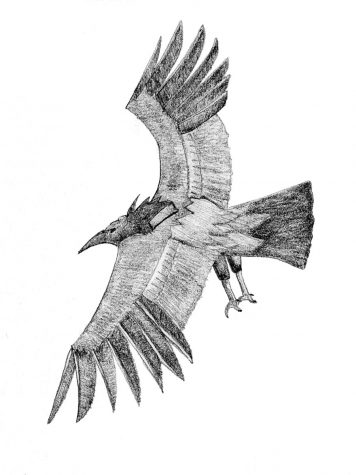 The Thunderbird has earned a place in countless Native American legends with its mystical properties. It has been said to protect people from evil spirits and its wing flaps would mimic the sounds of thunder and lightning. The Thunderbird caused rain and storms, which either blessed communities in need of rainfall or decimated communities with severe thunderstorms and all that they would bring. It was cited to be enormous, with a monstrous wingspan, lightning able to be projected from its eyes, and talons large enough to grasp a whale. They had colorful feathers and sharp teeth, living among the highest of mountains. Many different tribes viewed the bird in varying lights and with differing properties.
The Thunderbird has earned a place in countless Native American legends with its mystical properties. It has been said to protect people from evil spirits and its wing flaps would mimic the sounds of thunder and lightning. The Thunderbird caused rain and storms, which either blessed communities in need of rainfall or decimated communities with severe thunderstorms and all that they would bring. It was cited to be enormous, with a monstrous wingspan, lightning able to be projected from its eyes, and talons large enough to grasp a whale. They had colorful feathers and sharp teeth, living among the highest of mountains. Many different tribes viewed the bird in varying lights and with differing properties.
The legend of the Thunderbird was most prominent among the Algonquian people in the Northeast, residing throughout Northeastern America and regions of Canada. Their tales described a bird that inhabited the upper world, rivaling the Great Horned Serpent of the lower world. The Algonquian people believed that the Thunderbird was the origin of the human race and the universe itself.
The Ojibwe people, who inhabited southern Canada and the Michigan-Wisconsin region, claimed a spirit named Nanabozho created the Thunderbird to combat strange underwater spirits and punish morally incorrect humans. They claimed the birds followed common bird migration patterns, arriving in Ojibwe lands in the spring and departing in the fall.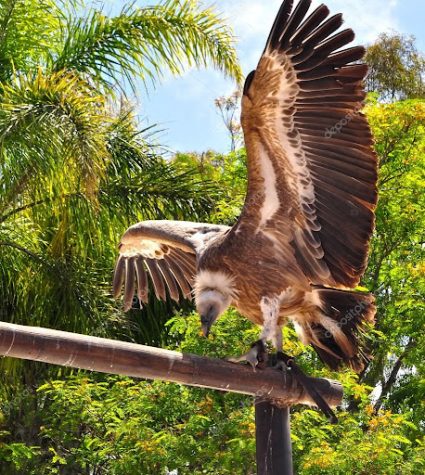
The Winnebago people recorded that anyone who glimpsed the Thunderbird during a period of fasting will be destined for greatness, giving people inhuman abilities. The Sioux people described a bird that protected them from monstrous reptiles known as Unktehila. The Shawnee people depicted the Thunderbird as a shape-shifter who took the form of backwards-talking boys.
Many were eager to try and obtain a photograph of the legendary bird after sightings began to be reported. The first sighting was reported in 1892, when Fred Murray reported a large flock of buzzards gliding over Dent’s Run in Cameron County, Pennsylvania. Another sighting in the mid-1900’s described a plane-sized bird above the Jersey Shore in Lycoming County, Pennsylvania. Sightings have carried into recent times, with observations by two witnesses in 2010, two young girls in 2012, and a woman driving in Alaska in 2018.
The most notorious name associated with the hunt for the Thunderbird is Hiram Cranmer, and he had a knack for everything mysterious, including UFOs and other cryptids, so the Thunderbird was a calling for him. He spotted it first and 1922 and resolved to get a photograph of the massive bird. He was claimed to have possessed one, given to him by
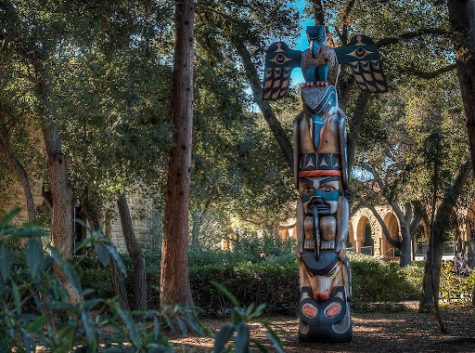
Ivan Sanderson after a group of men supposedly killed and mounted the bird. Cranmer died in 1967 after his house burned down, as well as all of his possessions and fantastical ideas, including the photograph of the bird. The photograph is now considered to be lost.
Native American culture is rich and full of epic creatures one could only dream of. The Thunderbird, allowing it to control the weather, protect humans, and perform various other mystical acts varying between tribes. Its existence is still up in the air in terms of certainty, but one thing is certain: the Thunderbird will continue in its legend, pursuing in Native American culture and in modern notoriety.
Resources:
https://en.wikipedia.org/wiki/Thunderbird_(mythology)
https://www.legendsofamerica.com/thunderbird-native-american/
https://pawilds.com/legend-of-the-thunderbird/
https://www.liveabout.com/the-giant-thunderbird-returns-3862215







